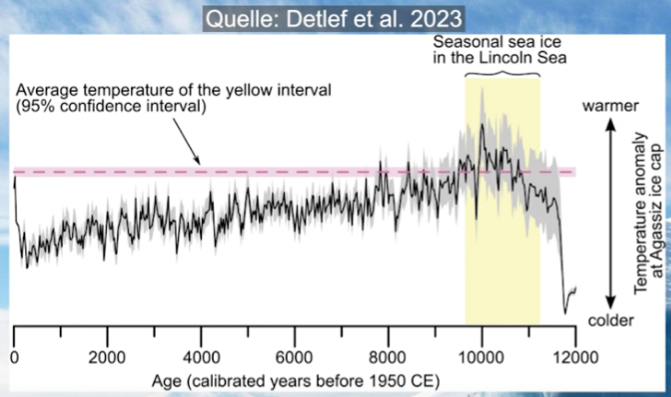New paper finds man-made irrigation causes ‘significant cooling of global average surface temperatures over land’
http://hockeyschtick.blogspot.com/2014/06/new-paper-finds-man-made-irrigation.html
A paper published today in Climate Dynamics finds man-made agricultural irrigation “causes significant cooling of global average surface air temperatures over land and dampens regional warming trends” by increasing cloud cover and precipitation.
According to the authors, “irrigation, however, is typically not included in standard” climate models, and thus, “irrigation should therefore be considered as another important anthropogenic climate forcing in the next generation of historical climate simulations and multi-model assessments.”
The negative feedbacks from evaporation & convection of water vapor, clouds, and precipitation illustrate how the climate is self-regulating, independent of CO2.
Irrigation as an historical climate forcingBenjamin I. Cook, Sonali P. Shukla, Michael J. Puma, Larissa S. NazarenkoIrrigation is the single largest anthropogenic water use, a modification of the land surface that significantly affects surface energy budgets, the water cycle, and climate. Irrigation, however, is typically not included in standard historical general circulation model (GCM) simulations along with other anthropogenic and natural forcings. To investigate the importance of irrigation as an anthropogenic climate forcing, we conduct two 5-member ensemble GCM experiments. Both are setup identical to the historical forced (anthropogenic plus natural) scenario used in version 5 of the Coupled Model Intercomparison Project, but in one experiment we also add water to the land surface using a dataset of historically estimated irrigation rates. Irrigation has a negligible effect on the global average radiative balance at the top of the atmosphere, but causes significant cooling of global average surface air temperatures over land and dampens regional warming trends. This cooling is regionally focused and is especially strong in Western North America, the Mediterranean, the Middle East, and Asia. Irrigation enhances cloud cover and precipitation in these same regions, except for summer in parts of Monsoon Asia, where irrigation causes a reduction in monsoon season precipitation. Irrigation cools the surface, reducing upward fluxes of longwave radiation (increasing net longwave), and increases cloud cover, enhancing shortwave reflection (reducing net shortwave). The relative magnitude of these two processes causes regional increases (northern India) or decreases (Central Asia, China) in energy availability at the surface and top of the atmosphere. Despite these changes in net radiation, however, climate responses are due primarily to larger magnitude shifts in the Bowen ratio from sensible to latent heating. Irrigation impacts on temperature, precipitation, and other climate variables are regionally significant, even while other anthropogenic forcings (anthropogenic aerosols, greenhouse gases, etc.) dominate the long term climate evolution in the [climate model] simulations. To better constrain the magnitude and uncertainties of irrigation-forced climate anomalies, irrigation should therefore be considered as another important anthropogenic climate forcing in the next generation of historical climate simulations and multi-model assessments.




